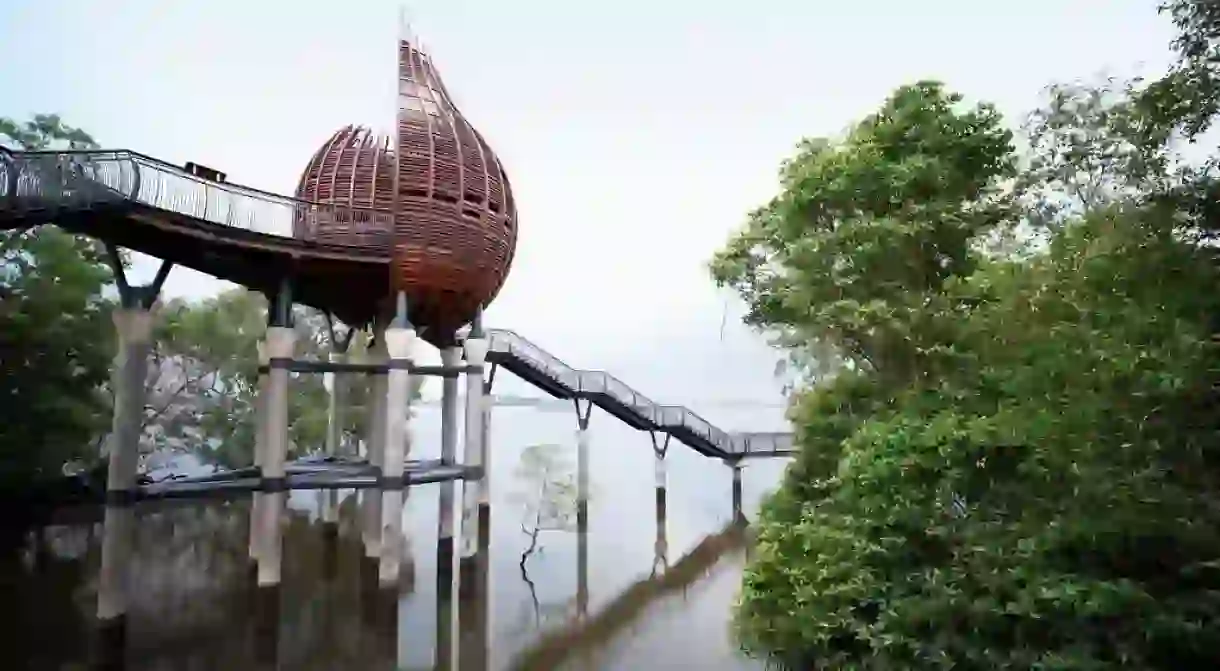Kranji: Exploring Singapore's Pastoral Heartland

Kranji is a spot in the northwestern corner of Singapore that not even many locals have explored. It has started to make some waves in recent years as a tourist attraction known as Kranji Countryside. This green corner is named for the native tree – the kranji or keranji tree – and hides several delights for those who care to venture up there, including Singapore’s first ASEAN heritage park, some of the last remaining farmland in Singapore and a little bit of history.
A long way up
There’s a reason Kranji doesn’t see many people visiting – it’s not a convenient place to get to. Even if takes just 40 minutes to drive from the City Centre, that’s practically rural by Singapore standards. Kranji does have its own MRT station, but you will still need to take a feeder bus or hop on one of the dockless bicycles to navigate its attractions. The most convenient way to navigate the area efficiently is by driving, or to buy a day pass and hop on and off the Kranji Countryside feeder bus that plies some of the hotspots in this area.

Get away from it all
The point of visiting somewhere like Kranji is to get away from it all, and as you explore Kranji, you are immediately struck by one realisation: that there are hardly any of Singapore’s iconic tall buildings in sight. However, you can see those in Johor Bahru, Malaysia, which is directly across the Straits of Johor from Kranji Dam, from which you can watch avid fishermen cast their lines into the calm waters of the reservoir.
The next thing you’ll notice is how quiet it gets once you leave the narrow roads full of heavy vehicles – this is still an industrial and agricultural area, after all. Kranji is far removed from the city buzz of vehicles, construction and people, and if you listen closely you might hear the call of a hornbill in the Sungei Buloh Nature Reserve, or the chirps of some noisy frogs at the Kranji Marshes – it’s nature in harmony all around you.

Away from the city life
What often surprises people is the presence of over 100 farms in what is collectively branded as Kranji Countryside. The name is a nod to a less industrial and commercial time in Singapore, though the area only represents a fraction of what once existed in Singapore. Today, some of these farms are open to the public, where you can purchase farm fresh produce and tour farms with vegetables, koi fish, goats and even frogs. Popular farm stops include Poison Ivy Bistro at Bollywood Veggies, and the Bistro at Gardenasia, two of the few places in this area where you can sit down for a good meal.
Amidst the greenery and farms, some quiet reminders of Singapore’s early history remain. The neat rows of tombstones on the hillside of Kranji Memorial, and the stone marker of the beach landing site where the Japanese first invaded in World War II in Kranji Reservoir Park are reminders of a time most would rather not relive, but are too important to ignore or forget.














